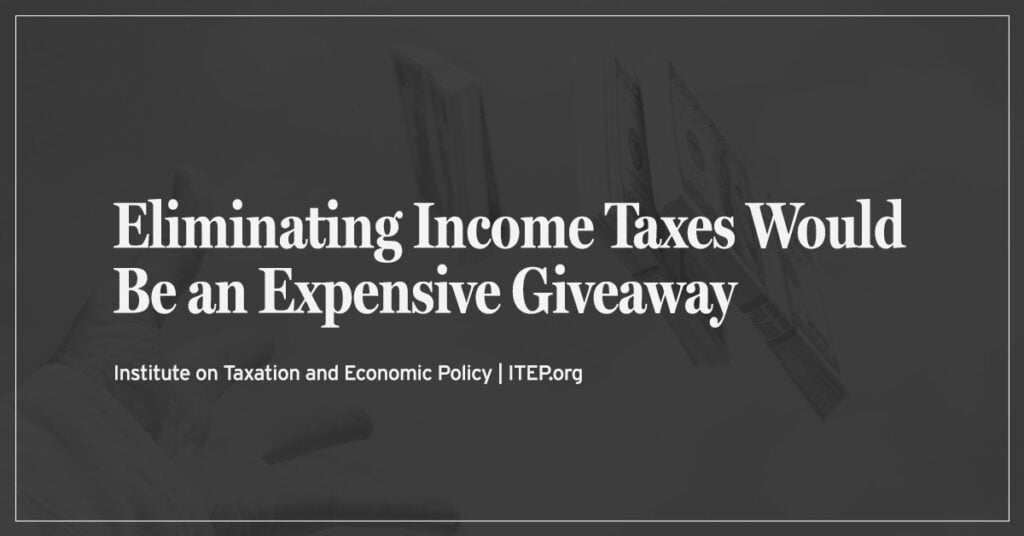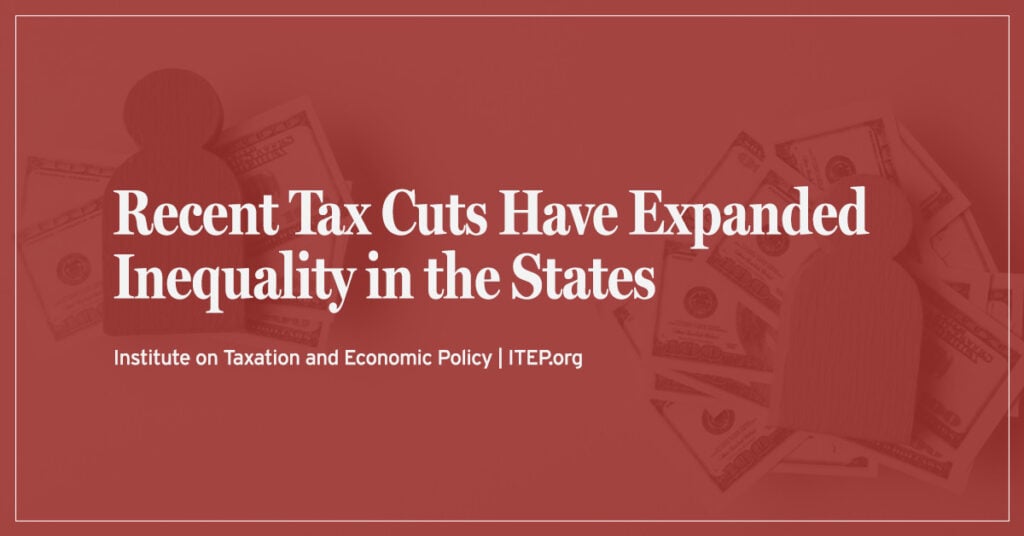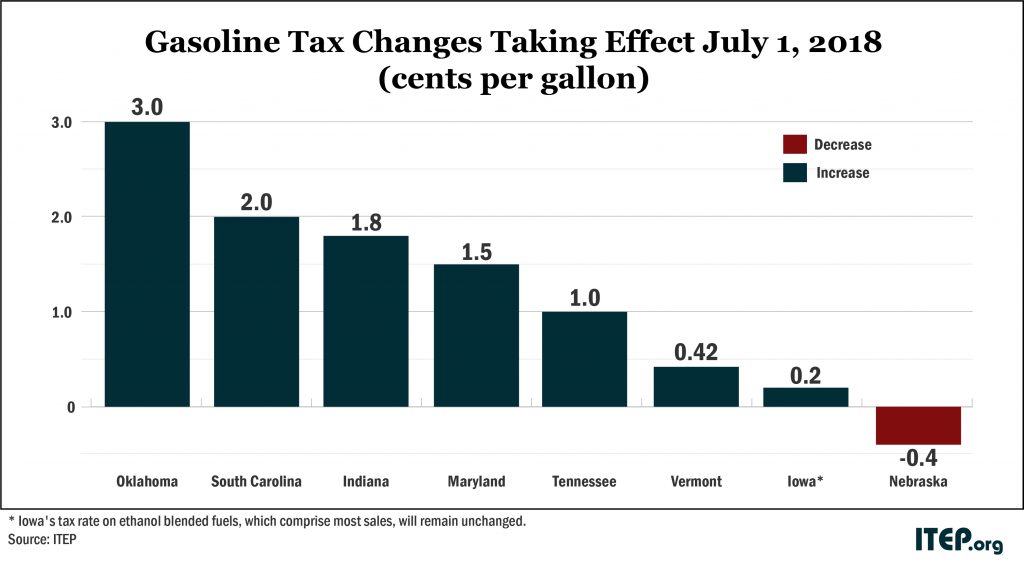
Iowa
Iowa Flat Tax Shows Why Such Policies Are a Problem Everywhere
May 9, 2024 • By Eli Byerly-Duke

As Iowa lawmakers change the state’s graduated personal income tax to a single flat rate, they are designing a state tax code where the rich will pay a lower rate overall than families with modest means.

Governors and legislative leaders in a dozen states have made calls to fully eliminate their taxes on personal or corporate income, after many states already deeply slashed them over the past few years. The public deserves to know the true impact of these plans, which would inevitably result in an outsized windfall to states’ richest taxpayers, more power in the hands of wealthy households and corporations, extreme cuts to basic public services, and more deeply inequitable state tax codes.

Some states have improved tax equity by raising new revenue from the well-off and creating or expanding refundable tax credits for low- and moderate-income families in recent years. Others, however, have gone the opposite direction, pushing through deep and damaging tax cuts that disproportionately help the rich. Many of these negative developments are quantified in […]
Common Good Iowa: Both Governor’s, Senate Plans Worsen Tax Inequalities
February 12, 2024
Iowans have traditionally valued expanding opportunity, caring for neighbors and a strong sense of fair play. Tax-cut proposals at the Iowa Statehouse from Governor Kim Reynolds and legislative leaders turn these Iowa values upside down. They would drastically restrict revenue needed to fund critical services such as education, health care, public safety and environmental quality. The Senate bill, SSB 3141, would set out to fully eliminate the income tax, which until recently has funded roughly half of the state budget. By targeting benefits to the wealthiest Iowans, the plans would throw an already inequitable tax system further out of balance.
Common Good Iowa: Tax Cuts: What’s At Stake for Iowans
January 4, 2024
The income tax is a way Iowans come together to lay strong foundations that create opportunity and help people thrive. Governor Reynolds and legislative leaders want to eliminate Iowa’s personal income tax — a virtual promise to decimate the services that make Iowa a better place to live, work and raise a family. Read more.

President Biden should elevate his tax and revenue proposals which remain essential if we are to pay for environmental restoration, health priorities and peacekeeping, the front-burner items that may dominate the speech.
Common Good Iowa: New Income Tax Cuts – a Recipe for Disaster and Inequity
February 10, 2022
Iowa lawmakers have repeatedly cut taxes over the last three decades in ways that provide the greatest benefits to the highest-income taxpayers while ratcheting down investments that historically made the state attractive to raise a family or do business — including public schools and public health. Now, within months of passing tax cuts that when […]
Iowa Fiscal Partnership: Tax Inequity: Iowa’s Continuing Story
October 17, 2018
Iowa taxes its middle- and low-income families more as a share of income than it does wealthy families, a long-term trend worsened by the 2018 tax overhaul. The latest “Who Pays” report by the Washington-based Institute on Taxation and Economic Policy (ITEP), again shows the effect of sales taxes and property taxes on lower-income households tilts Iowa’s overall tax system so the poorest pay the highest percentage in taxes.
Gas Taxes Rise in Seven States, Including an Historic Increase in Oklahoma
June 26, 2018 • By Carl Davis

A rare sight is coming to Oklahoma. The last time the Sooner State raised its gas tax rate, the Berlin Wall was still standing, and Congress was debating whether to ban smoking on flights shorter than two hours. Fast forward 31 years, and Oklahoma is finally at it again. On Sunday, the state’s gas tax rate will rise by 3 cents and its diesel tax rate by 6 cents. Both taxes will now stand at 19 cents per gallon—still among the lowest in the country. But Oklahoma isn’t the only state where gas taxes will soon rise.
